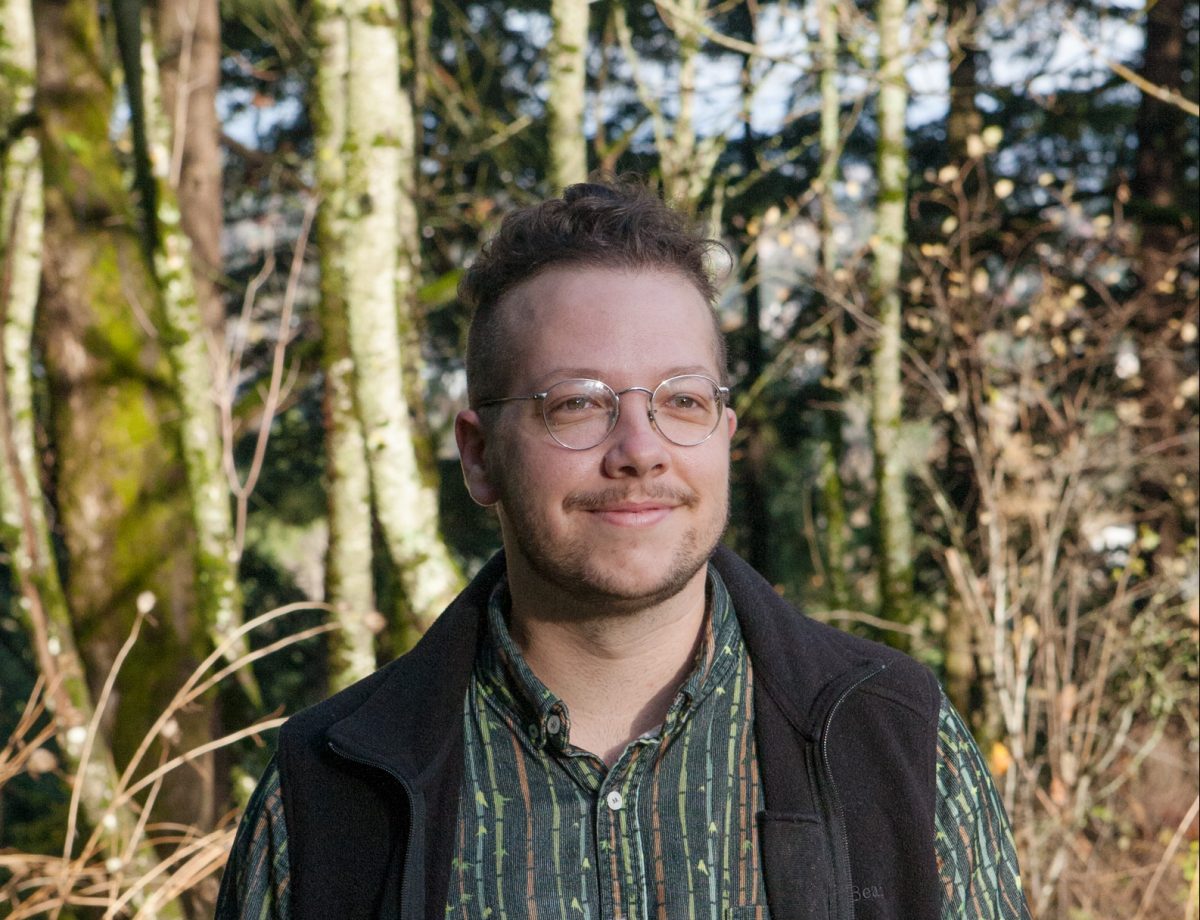By SAMANTHA MONTERREY, staff reporter
Upper Green Canyon and Reecer Creek may not look like the hidden gems that they are, but over 162 acres produce a sparse stone that, according to Forbes, is the third-rarest gem after alexandrite and alunite. For locals it’s a treasure, and rock enthusiasts from around the world come to hunt the Ellensburg Blue agate stone.
Steve Townsend, owner of Ellensburg Blue Agate and Bead shop, cuts and molds the stone, handcrafting custom Ellensburg Blue jewelry.
“Each piece is unique to itself,” Townsend said. “I can cut two stones from the same rock and they won’t match up in color.”
The rock itself is indigenous to the Teanaway area and formations near Ellensburg.
According to Townsend, the rock is only found on the northwest side of town, in a very small area on Upper Green Canyon and Reecer Creek. About 95 percent of the property is privately owned, which makes it difficult to hunt for the stone.
“I depend a lot on the farm workers and land owners to find Ellensburg Blue and bring it in,” Townsend said.
Nick Zentner, senior lecturer in geology, studies the geology of Washington. His interest in the blue agate lies in the history of how it came to be.
“I think it’s interesting to talk about where the blue agates are coming from and that helps understand why they’re so rare,” Zentner said.
The Ellensburg Blue agates in the valley came from a layer of basalt lava north of Ellensburg, the Teanaway basalt, which is 47 million years old.
“That’s the host for these blue agates; all these blue agates are coming out of this one lava flow north of town,” Zentner said. “There are a bunch of holes in the Teanaway-basalt. It’s like a big sponge or Swiss cheese. It’s got all these open places in it.”
Deep underground, hot fluids pass through these holes and that is where the blue agates are formed.
“So they are kind of a secondary feature instead of a primary one,” Zentner said.
The blue agates found in the valley weren’t created here, but came by way of a river that once flowed through the area.
“For a long time, there was this delivery system,” Zetner said. “All these little blue agates coming from north of town were brought right into the northwest part of our valley. That’s not happening anymore. That river isn’t coming into our valley anymore.”
What hunters are finding in the valley is a pile of blue agates, waiting to be uncovered.
“I think there is way more there than we will ever pick through,” Zetner said. “Most of it is underground.”
Bernice Best and her husband own Rock’N Tomahawk Ranch located on Upper Green Canyon Road.
Since 1988, Best has seen locals, travelers and international tourists visit her ranch in search of the one-of-a-kind rock.
“We allow people to go rock hunting on the ranch,” Best said. “Right now I also raise Boer goats. I used to, but am no longer doing guided horse tours.”
Best said she no longer does much hunting, but the process requires her to keep an eye on the dirt.
“You just have to watch the ground and look for rocks with a little bit of blue showing,” Best said.
Hunters are normally asked to bring a screwdriver with them—a basic tool necessary for digging.
“Then all you need to do is pry the rock out of the ground,” Best said.
A lot of the Best’s frequent hunters will sell their gems to the businesses in town, but she prefers not to.
“We just allow the permits for people to come to our ranch and hunt for them, but I don’t sell,” Best said.
Rock N’ Tomahawk Ranch allows hunting at $5 per person and $2.50 for children 5-10. Children under 5 are free.




